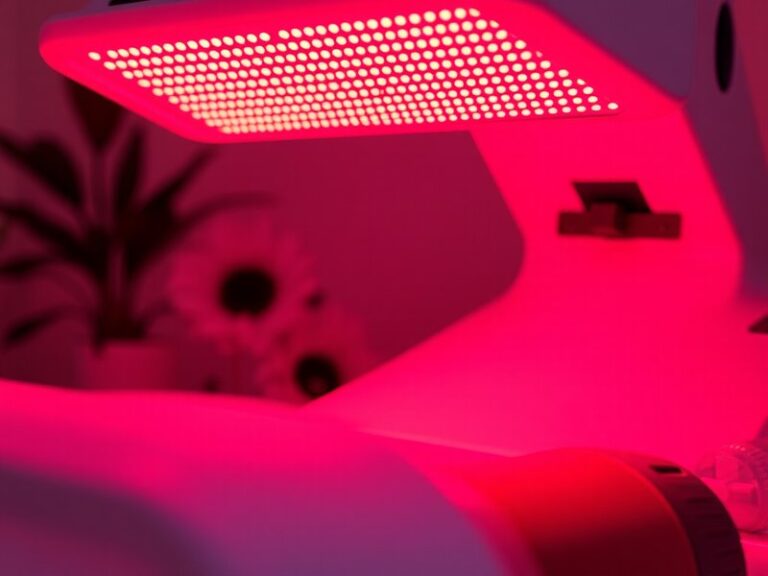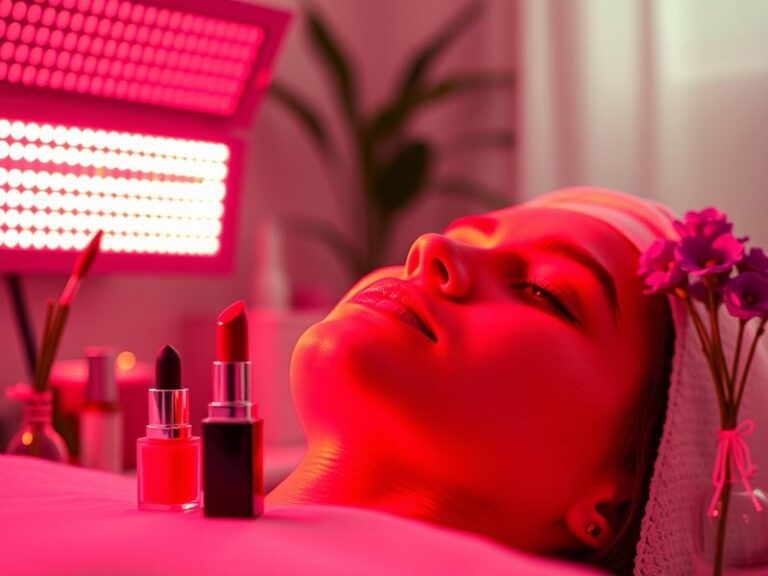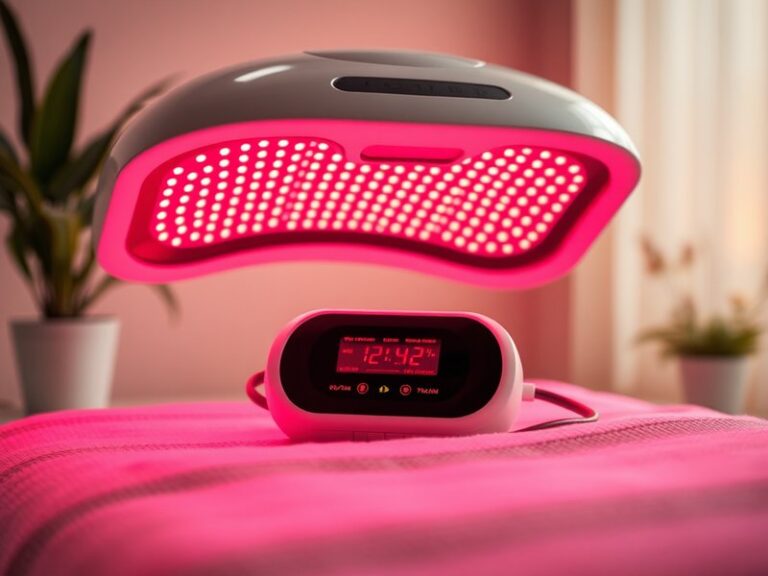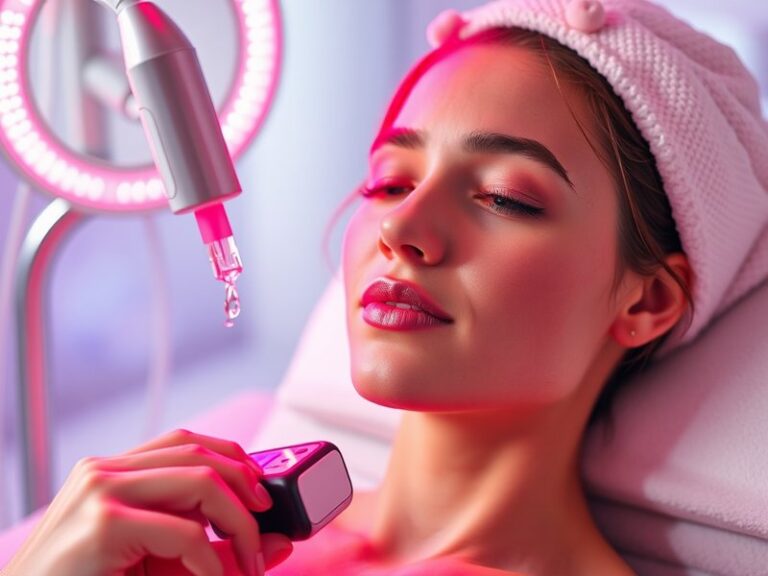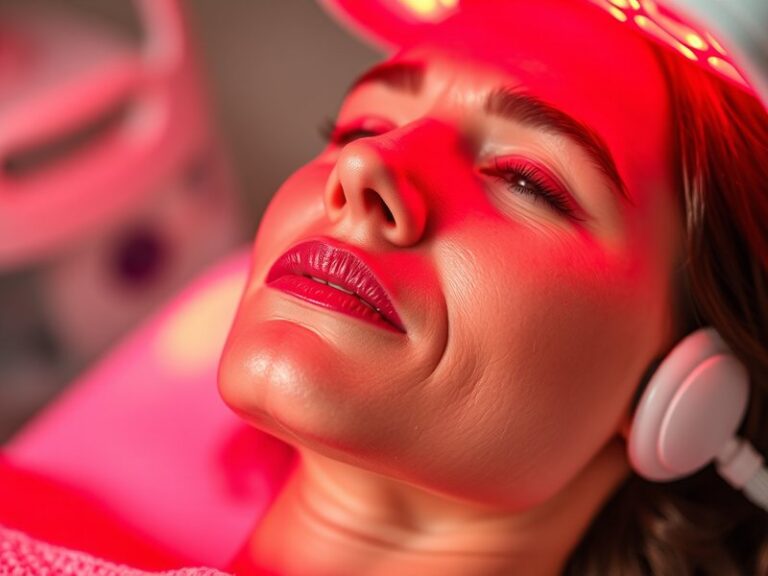How Long Are Red Light Therapy Sessions?
How Long Are Red Light Therapy Sessions?
Have you ever wondered about the duration of red light therapy sessions and how they can benefit your health and wellness?
Get the scoop on Does Red Light Therapy Work?
In this article, we’ll discuss what red light therapy is, its benefits, how long sessions typically last, and factors that may influence the duration of your treatments. By the end, you’ll have a clear understanding of what to expect from red light therapy sessions.
Key Takeaways
- Red light therapy sessions typically last between 10 to 20 minutes, depending on the area being treated and the device used.
- The frequency of sessions can significantly impact the results; users often undergo treatments several times a week.
- Individual factors such as skin type, health conditions, and specific goals can influence the ideal session length.
What is Red Light Therapy?
Red light therapy (RLT) is a non-invasive treatment that uses low-level wavelengths of red and near-infrared light to stimulate healing and improve various health conditions. It operates on the principle of photobiomodulation, where light is absorbed by the skin to promote cellular processes.
Red light therapy can be performed using different devices, including handheld devices, panels, and full-body beds. It has gained popularity in both clinical settings and at-home use for its versatility in treating conditions such as skin disorders, inflammation, and pain relief.
What are the Benefits of Red Light Therapy?
Red light therapy offers a range of health benefits due to its ability to penetrate the skin and stimulate cellular functions. Let’s explore some of the key advantages of this innovative treatment.
Enhanced Skin Health
One of the most recognized benefits of red light therapy is its ability to improve skin appearance. Studies have demonstrated that RLT can reduce wrinkles, fine lines, and scars while promoting collagen production, resulting in smoother and more youthful-looking skin.
Pain Relief
Many individuals use red light therapy to alleviate chronic pain and inflammation. The treatment increases blood flow and accelerates tissue repair, making it an excellent option for those suffering from arthritis, sports injuries, or other joint issues.
Improved Muscle Recovery
Athletes and fitness enthusiasts often utilize RLT to enhance muscle recovery after intense workouts. By reducing inflammation and promoting cellular renewal, red light therapy helps decrease recovery time and improve performance.
Boosted Mood and Sleep Quality
Red light therapy may also support mental well-being by regulating circadian rhythms and reducing symptoms of depression and anxiety. Additionally, by improving sleep quality, it contributes to overall health and vitality.
Read the detailed post on Post-Red Light Therapy Steps
Is it Possible to Extend Red Light Therapy Sessions?
You may wonder if extending your red light therapy sessions will lead to better results. While longer sessions seem appealing, there are important considerations to keep in mind.
What are the Advantages of Longer Sessions?
- Increased Treatment Area: Longer sessions may allow for greater coverage if you’re treating larger areas of the body.
- Enhanced Relaxation: Many find extended sessions to be more relaxing and enjoyable, particularly when combined with soothing music or mediation.
What are the Disadvantages of Longer Sessions?
- Potential Overexposure: Prolonged exposure may not yield additional benefits and could lead to skin sensitivity or discomfort.
- Time Commitment: Longer treatments require more time, which may not be feasible for everyone’s schedule.
What are the Things to Consider Before Extending Red Light Therapy Sessions?
Before deciding to extend your red light therapy sessions, consider the following factors:
Consultation with a Professional
Before altering your session length, it’s advisable to consult with a healthcare provider or a qualified practitioner specializing in red light therapy. They can provide personalized recommendations based on your specific health needs.
Skin Type and Sensitivity
Individuals with sensitive skin should approach longer sessions with caution. Start with shorter sessions and gradually increase duration as your skin adjusts.
Specific Health Conditions
Certain medical conditions may dictate the length and frequency of red light therapy sessions. Always discuss your medical history before making changes to your treatment routine.
What are the Alternatives to Red Light Therapy?
If red light therapy is not suitable for you or if you’re looking for other options, consider these alternatives:
Laser Therapy
Laser therapy uses concentrated beams of light to accurately target tissues. It’s often more intense than red light therapy and may provide quicker results for specific conditions, though it may also come with higher costs and longer recovery times.
Cryotherapy
Cryotherapy involves exposure to extreme cold in order to reduce inflammation and promote recovery. This option is often used by athletes for pain management and muscle recovery.
Ultrasound Therapy
Ultrasound therapy utilizes sound waves to promote healing in damaged tissues. It can be effective for various injuries, providing targeted treatment with minimal discomfort.
Conclusion: Is it Recommended to Extend Red Light Therapy Sessions?
In summary, red light therapy sessions typically range from 10 to 20 minutes, but the exact duration may vary based on individual needs and conditions. While longer sessions may appear advantageous, it is crucial to maintain a balanced approach and prioritize safety. Consulting with a healthcare professional is essential to determine the best protocol for your situation.
Frequently Asked Questions
How often should I undergo red light therapy sessions?
Most people find that 2 to 3 sessions per week yield optimal results, but frequency can vary based on individual health goals and conditions.
Are there any side effects associated with red light therapy?
Generally, red light therapy is safe with minimal side effects. However, some individuals may experience mild redness or sensitivity after treatment.
Can I use red light therapy for specific conditions like acne or psoriasis?
Yes, red light therapy has been shown to be effective in treating skin conditions such as acne and psoriasis by reducing inflammation and promoting healing.
How do I choose the right red light therapy device?
When selecting a device, consider factors such as the wavelength emitted, the size of the treatment area, and whether the device is approved by health authorities.
Is red light therapy suitable for all skin types?
Red light therapy is generally safe for all skin types, but individual reactions can vary. It’s best to consult a professional if you have specific concerns regarding your skin.

